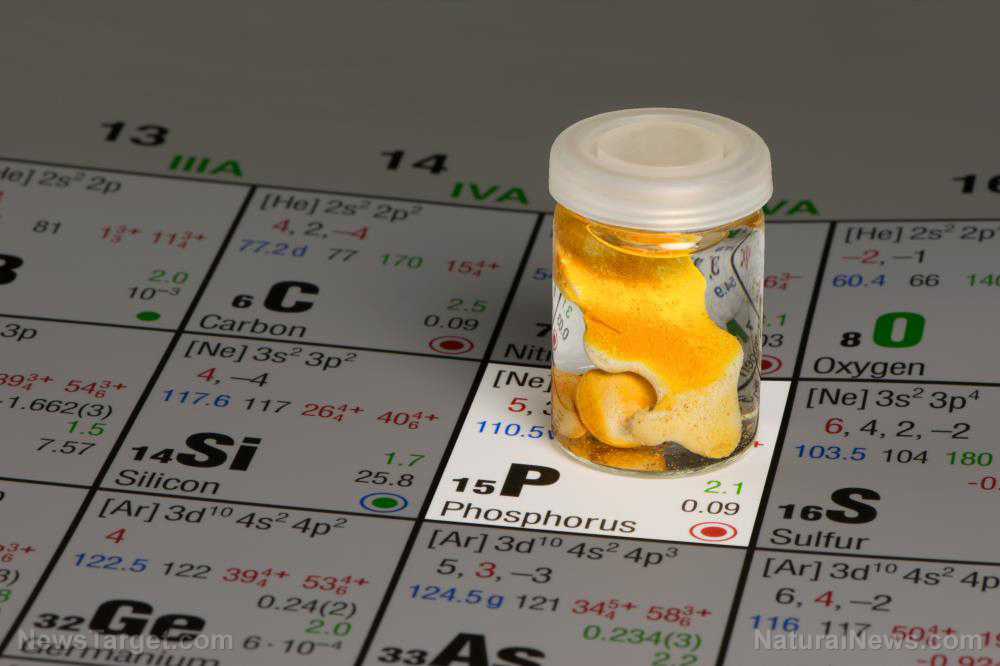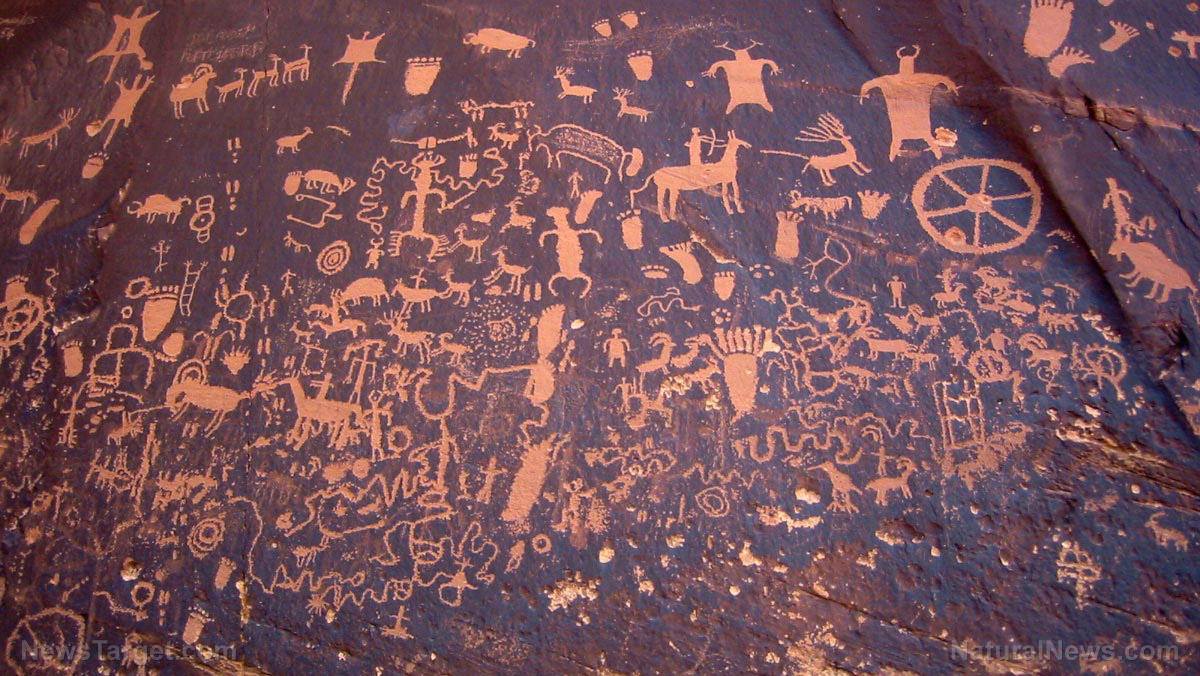My interest in former U.S. Capitol Police Officer Harry Dunn began on Oct. 6, 2022 — the third day of the first Oath Keepers trial at the U.S. District Courthouse in Washington, D.C.
Shortly after a recess and before the jury returned to the courtroom, lead prosecutor and Assistant U.S. Attorney Jeffrey Nestler approached the lectern. He informed U.S. District Judge Amit Mehta that Jonathon Moseley — a recently disbarred attorney — had threatened to release two confidential FBI documents known as “302s.”
Much of what Dunn described in his FBI interviews, congressional testimony, court appearances, and even his book and media tour simply didn’t happen.
Form FD-302 consists of written notes and recollections recorded by an FBI special agent following an interview. In this instance, Nestler referred to two 302s based on separate interviews with Officer Dunn. The FBI conducted the first interview in May 2021 and the second in August 2021.
Nestler stated that both forms remained sealed by the court and were labeled either “sensitive” or “highly sensitive.” Moseley, however, argued that the documents could now be released publicly because the House Select Committee on January 6 had introduced them as part of its proceedings.
What I saw looked like a pre-orchestrated performance between Assistant U.S. Attorney Jeffrey Nestler and Judge Amit Mehta — the first of several such moments I witnessed during that trial. Mehta appeared furious at the idea that Moseley believed he could release something still under his seal.
I watched the exchange unfold from the media room on the first floor of the district courthouse. That room received live audio and video feeds from the courtroom upstairs, where the trial was taking place. On a typical day during the nine-week trial, 20 to 30 journalists gathered there to cover proceedings. It was the only place in the courthouse where we could use laptops and other electronic devices, which were banned in the courtroom itself.
Most reporters spent their time compiling notes for end-of-day write-ups. But a small group of us tweeted the proceedings in real time.
After Nestler informed the judge of Moseley’s threat to release the FBI 302s, Mehta responded in a way I had never seen before.
He turned his attention to the journalists in the media room and instructed us to “tweet out” a message directly to Moseley: If he released the 302s — or any other documents still protected under court seal — Mehta would hold him in contempt of court.
“He’ll find out,” the judge said.
What was in there?
The media room burst into laughter at Judge Mehta’s directive that we do his bidding and relay his warning. Within seconds, keyboards clattered as journalists rushed to compose their own versions of the judge’s threat, broadcasting it across social media.
Each day of the trial, I took my place in the back right corner of the media room. I was a newcomer among a group of seasoned courtroom reporters — an outsider observing the insiders. During the first two weeks, the courthouse remained under a COVID-19 masking mandate. From my seat, I could let my mask dangle from one ear without attracting much attention — or the disapproval of my more dutiful colleagues.
That vantage point also gave me a clear view of the room. I could watch what the other reporters were typing, observe their screens, and monitor how they shaped the narrative.
While they laughed and tweeted Mehta’s warning to Moseley, I kept my focus elsewhere. One question consumed my thoughts: What is in those two 302s?
What exactly did those two FBI forms contain that the prosecution — and the judge — didn’t want the jury or the American public to see?
One clue had already surfaced on social media. It came from Dunn’s May 18, 2021, FBI interview, cited in a pretrial motion filed by Stewart Rhodes’ attorney, Edward Tarpley. A footnote on page 12 of the filing quoted the following excerpt:
U.S. Capitol Police Officer Harry Dunn informed all protestors they needed to leave and told the Oath Keepers that the protestors were fighting officers. The Oath Keepers advised Dunn they would help keep the protestors from the lower west terrace area. Dunn advised he allowed them to stand in front of him to help keep the protestors from getting down the stairs. Dunn left this area when he was relieved by USCP riot officers.
— FBI Interview of U.S. Capitol Police Officer Harry Dunn, May 18, 2021, page 2, publicly disclosed by the U.S. House Select Committee to Investigate the January 6, 2021, attack on the Capitol.
This account — Dunn’s own description of his encounter with four Oath Keepers at the top of a Capitol staircase near the Rotunda — appeared to support their claim that they had helped de-escalate a volatile situation. Rather than confronting the officer, the Oath Keepers allegedly positioned themselves between Dunn and a more aggressive crowd, attempting to prevent further escalation.
I had to get my hands on those 302s — and eventually, I did.
Inventions and evasions
The second 302, based on Officer Harry Dunn’s August 16, 2021, interview with the FBI, told a very different story from the first. In that follow-up, Dunn completely reversed his account. He now claimed he never gave the four Oath Keepers permission to assist him at the top of the staircase. Instead, he described the interaction as hostile, saying they tried to force their way past him.
Dunn also invented a second encounter — this one taking place a floor below, in the crypt. In that version, he said another group, also wearing militia-style gear resembling the Oath Keepers’, attempted to position themselves between him and a more aggressive crowd of protesters.
The contrast between the two interviews raised more questions than answers.
Although I’ve never publicly released the two 302s, both proved invaluable. They offered critical details — and pointed me toward what to watch for once Congress finally granted journalists access to the long-promised 41,000 hours of Capitol CCTV footage from January 6.
Drawing from that surveillance footage, D.C. Metropolitan Police body-worn cameras, and other open-source videos released during various January 6 trials, Blaze Media has been able to confirm a troubling pattern: Much of what Harry Dunn described in his FBI interviews, congressional testimony, court appearances, and even his book and media tour simply didn’t happen.
Two weeks before the October 2023 release of his book, “Standing My Ground: A Capitol Police Officer’s Fight for Accountability and Good Trouble After January 6th,” Dunn agreed to meet with me for an off-the-record conversation. We spent four hours together at the U.S. Capitol Arboretum.
Because the meeting was off the record, I can’t disclose anything Dunn said. But I came prepared with some frank and direct points of my own. By then, I had already spent days in the Capitol CCTV viewing room, combing through surveillance footage we would later call “A Day in the Life of Harry Dunn.” I had also read an advance copy of his book.
To say the video evidence and his personal narrative about January 6 don’t match is putting it mildly. It’s the understatement of the century.
I shared with Dunn several specific examples where the video evidence directly contradicted his claims of heroism and derring-do on January 6. Eventually, he asked how I planned to write his story.
“Harry, the media, Congress, even the president — they’ve made you a national hero,” I told him. “But I can make you a real hero if you give me the names of those who pushed you to change your story about the Oath Keepers in that second FBI interview.”
After that, I walked him to his car. He said he’d think about it.
But he never gave me those names.
January 6, Harry dunn, Fbi, Oath keepers, Trial, Capitol police, Amit mehta, Federal court, Jeffrey nestler, Jonathon moseley, Opinion & analysis















